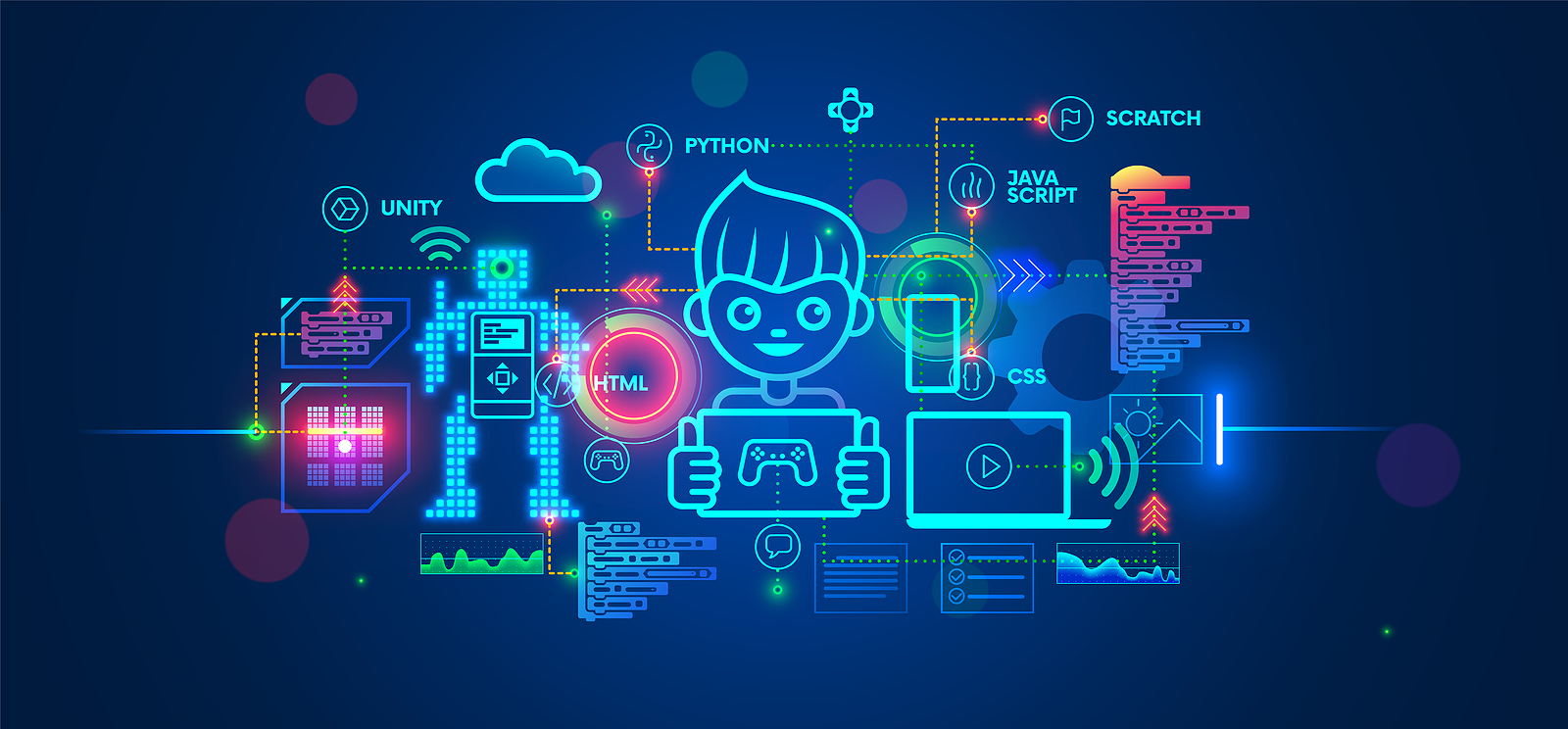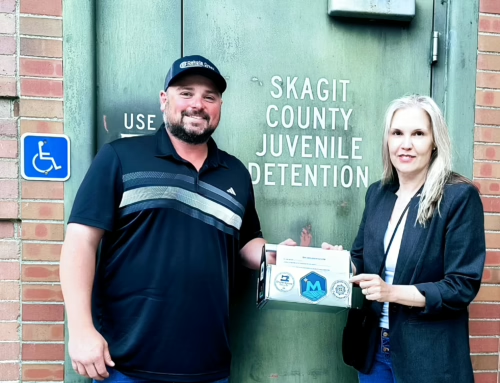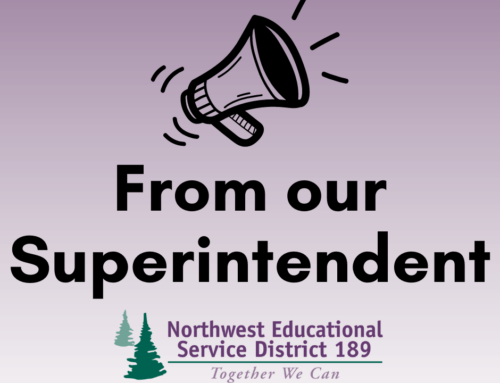We all know that COVID-19 has altered the way we do almost everything in education. There is never a shortage of new work and challenges to address and finding ways to ensure positive outcomes for all. Educational technology has been one of those areas that has had an impact on each and every participant; students, staff, leadership, families, and community partners. The planning, selection, implementation, and use of technology we’ve seen over the last 8 months would typically have been planned and executed over a matter of years. While COVID-19 and school closures last spring may have necessitated some of our implementation, educational technology has been one of our K-12 learning standards for a number of years and ties directly into our educator and leadership frameworks.
In the spring of 2018, Washington State formally adopted the Educational Technology K-12 Learning Standards to support the integration of technology literacy and fluency for all students. The initial standards defined technology literacy and its next level of skill development, technological fluency, in this way:
The standards adopted by the state were, in part, driven by the International Society for Technology in Education (ISTE) Standards. While our state standards provide performance indicators for students, the ISTE standards also provide core ideas for Educators, Education Leaders, and (instructional or technology) Coaches. Throughout this collection of standards, we can see connections to our Washington State leadership and teaching frameworks. Listed below are just a few examples where the standards overlap or directly support one another:
| Focus Area | TPEP Criterion | ISTE Standards |
|---|---|---|
| Content and Curriculum | Washington State Teacher Evaluation Framework Criterion 4: Providing a clear and intentional focus on subject matter content and curriculum | Educator 5b: Design authentic learning activities that align with content area standards and use digital tools and resources to maximize active, deep learning |
| Collaboration | Washington State Teacher Evaluation Framework Criterion 8: Exhibiting collaborative and collegial practices focused on improving instructional practice and student learning. | Educator 4a: Dedicate planning time to collaborate with colleagues to create authentic learning experiences that leverage technology. |
| Student Learning | AWSP Leadership Framework Criterion 1: Creating a school culture that promotes the ongoing improvement of learning and teaching for students and staff. | Education Leader 3d: Support educators in using technology to advance learning that meets the diverse learning, cultural, and social-emotional needs of individual students. |
Districts and schools have been finding innovative ways to support the building of educational technology capacity for all stakeholders to support student learning. What used to be done by teachers or other staff in buildings, sitting side-by-side with students is now being done remotely and families, caregivers, or other community members are being asked to help students as they use a wide variety of educational technology. This requires that we provide additional support, resources, and/or training not only for our students and staff but also for our families and community members. Some questions surrounding the use of educational technology that may be helpful as you think about the next steps:
For Students
- How are students given time, space, and purpose in learning and using new technology tools?
- How are we providing choices to students in what tools they use throughout their learning experience?
- How are we communicating with students, particularly in remote or hybrid learning?
- How are we gathering feedback from students on what is working and what isn’t?
- How are we ensuring a safe (online) learning environment for students during remote or hybrid learning?
For Staff
- How can district or building leaders model the use of technology for staff, students, and families?
- How are we communicating with staff, particularly in remote or hybrid learning?
- How are we gathering feedback from staff on what is working and what isn’t?
- How are we providing (formal or informal) professional learning opportunities for staff?
For Families & Community
- What are the ways your school or district is supporting families/communities in navigating the educational technology tools being used by students?
- How are we communicating with families/communities, particularly in remote or hybrid learning?
- How are we gathering feedback from families/communities on what is working and what isn’t?
- How are we providing tech support for families/communities?
There are a multitude of resources available through a quick Google search, but one source of professional learning is the Association of Educational Service Districts (AESD) Continuous Learning Supports. The nine ESDs throughout Washington State are supporting school districts statewide with a suite of continuous learning professional development opportunities. Learning opportunities focus on the “Why”, the “How”, and the “What” for implementing systems and structures that lead to quality learning experiences for students. This suite of learning opportunities includes:
- LMS 101 supports the 5 major learning management systems
- District, family, and community resources
- LMS Solutions: Best Practices for Continuous Learning which include offerings like LMS deep dives, video conferencing best practices, and more to come
- Regional LMS Educator Networks will be COMING SOON so be on the lookout for more information on how to join.




